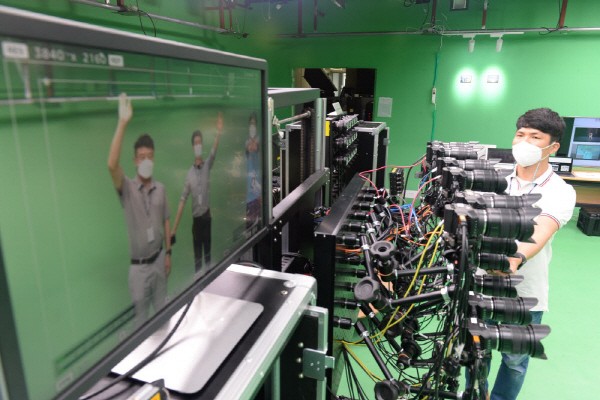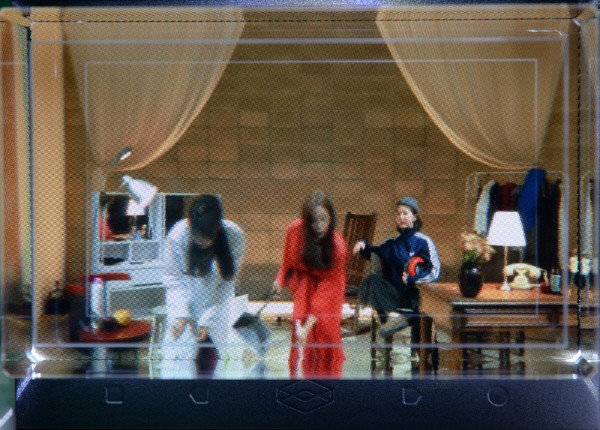Resolved low resolution and motion sickness with Plenoptic technology
Used in various fields such as security, astronomy, and military
A technology has been developed that can create and edit vivid 3D images as if recognizing nearby objects directly with the eyes. It is expected to be of great help in the production of next-generation content such as virtual reality (VR), augmented reality (AR), and holograms.
On July 7, Electronics and Telecommunications Research Institute (ETRI, President Myung-Jun Kim) announced that it has developed a software (SW) technology for acquiring, creating, authoring, and visualizing such atypical plenoptic (ray optics) contents.

Plenoptic technology can acquire light information in a high level and create various 3D images. It does not have low resolution and motion sickness, the disadvantages of existing immersive content technology.
The research team took pictures with a dedicated plenoptic camera and processed the data with a high-performance computer, which can freely change the focus and viewpoint of videos and photos.
Also, the plenoptic technology realizes the human binocular and movement disparities, focus control, and 6 degrees of freedom, virtually expressing three-dimensional effect. As an 'atypical' technology that can shoot without restrictions on location and mobility, its quality is higher than that of existing conventional technology for the same capacity. The video resolution has been increased from FHD to 4K, and even non-professionals can easily edit the video and create the result in a desired display form such as VR head mounted display (HMD) or AR glass.

Thistechnology can be used in camera/display manufacturing, computer graphic (CG)/visual effect (VFX) contents, image and video tool SW, as well as medical, semiconductor processing, astronomy, security, and military fields. The research team plans to conduct follow-up studies such as increasing the stereoscopic image resolution to 8K, expanding the VR reproduction space, or further reducing motion sickness, and to upgrade the technology so that it can be used in personal broadcasting.
Do-hyeong Kim, senior researcher at ETRI's Holographic Lab, said "With this technology development, we hope that South Korea will be able to lead the industries and services related to next-generation immersive content technology and build an independent ecosystem of digital image contents."
Meanwhile, this research is part of the 'Development of Super-High-Resolution Atypical Plenoptic Video Authoring/Playback Platform Technology for Medium-to-Large Spaces' for the 'Hologram Core Technology Development Project' of the Ministry of Science and ICT. 3 cases of technology transfer, 32 cases of patent applications, 9 cases of SCI papers, and 7 cases of standardization contributions have been published so far.
Daejeon = Staff Reporter Young-jun Kim kyj85@etnews.com